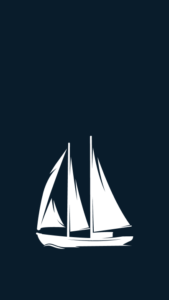
A 9-day expedition log through Haida Gwaii’s Islands of Beauty
Gwaii Haanas July 3-11, 2018
Crew: Captain Russell Markel, Deckhand Oriana Smy, Expedition Chef Erin Vickers, and Onboard Specialist:Graham “Jaahljuu” Richard
Disclaimer: Each day aboard the Passing Cloud is very full: full bellies, smiles, heads/hearts, and memory cards. An indeterminate amount of time and space is required to digest each and every moment, some which may present themselves as memories in later times. Please read with caution. Nostalgia and wanderlust may ensue.
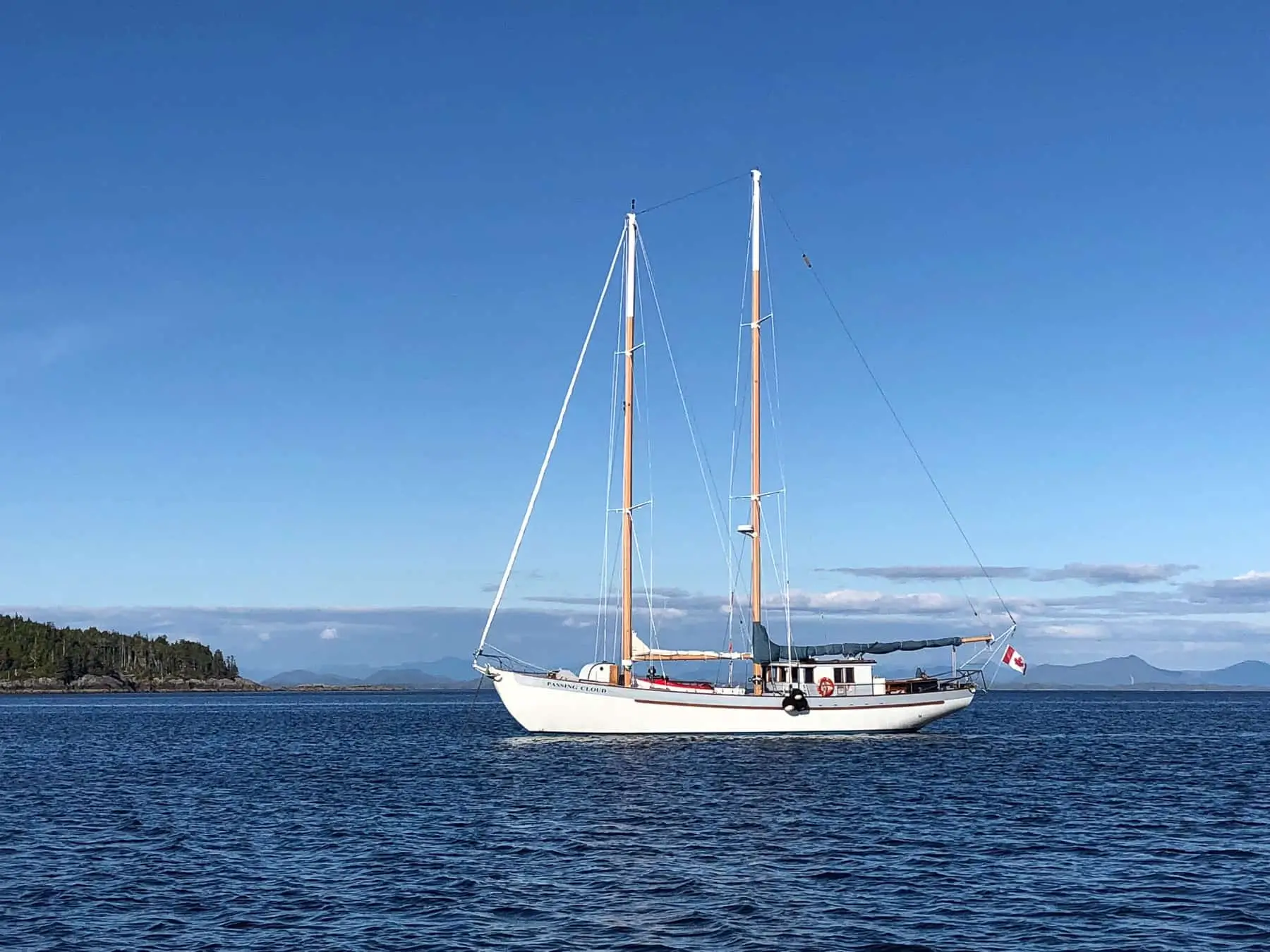
Day 6: July 8
We awoke in the secluded anchorage of Liscoone Inlet. This morning we pull the crab traps we set last night, to 6 Dungeness crabs – 4 of which are keepers. We toss the others back in and bring our catch aboard for Chef Erin to prepare for us later on.
We sit around the table for a chart chat to review the vast distance we’ve covered already. We marvel at the fact that so much of the west coast of Haida Gwaii, even today, is still largely uncharted. We’re en route this morning to SGang Gwaay, a world UNESCO Heritage Site. We step ashore and make our way incredibly slowly up the boardwalk path towards the watchmen cabin on the other side of Anthony Island. Before dropping us off at the beach, Russ reminds us to tread lightly on these lands and take in as much as we can. Stepping slightly, and nearly all of us seeming to hold our breath, there is a certain silence that washes over us all.
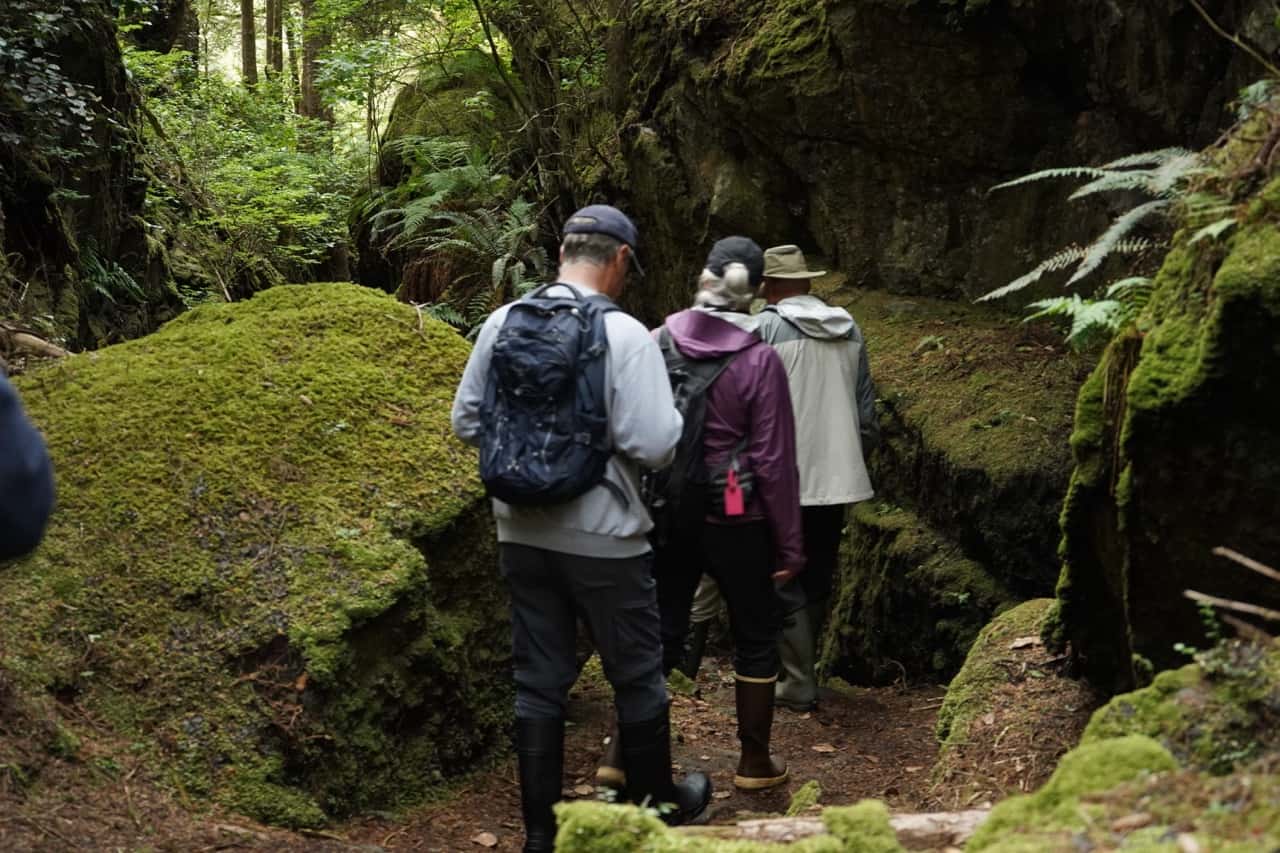
As we meander the trail towards the watchmen cabin, we take note of the forking paths that break off of the main boardwalk. Hundreds of years ago the Haida villagers that lived here would have spent most of their time preparing for an attack. They were perpetually on alert for invasion with multiple escape routes. Not unlike T’aanuu (Tanu), we imagine how noisy this village would have been in the prime of its population.
Haida Watchmen David and Vince, both familiar faces and friends, greet us and welcome us into the Watchmen cabin. David shows us their guest book and tells us stories of the visitors he’s received from all over the world. He shows us origami frogs and ravens gifted by a Japanese kayaker that was travelling solo down that formidable, uncharted west coast.
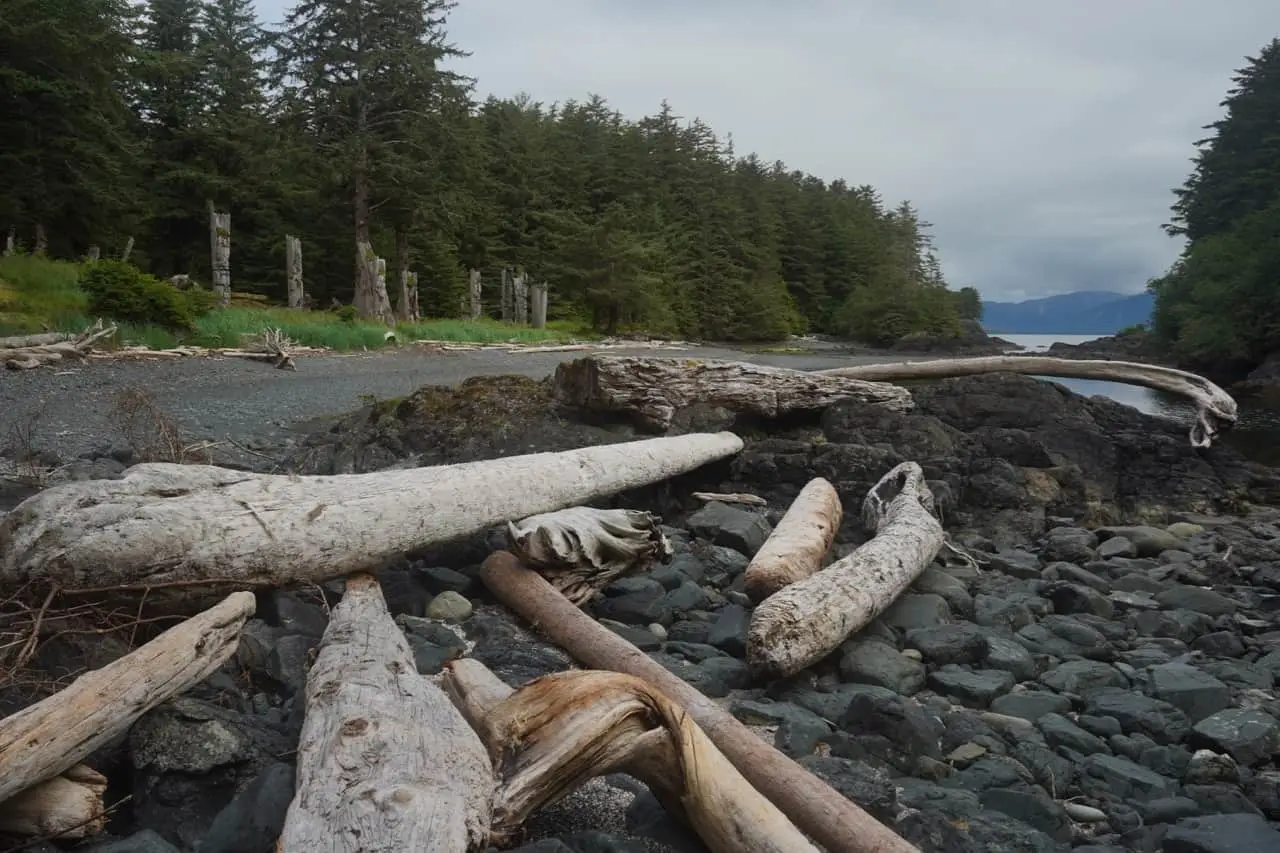
We walk the mystical path towards the ancient site and emerge to a stunning bay, lined with still-standing (albeit, reluctantly) mortuary poles, the only poles, which are left today due to respect for the human remains. The tops of the poles were carved out for a bentwood box to rest, containing a Chief’s or person of high status’ remains. Most of the other house frontal and memorial poles were removed as a so-called historical extraction project in 1957 to “rescue” the poles for safe keeping. Over the years, before the inception of the Watchmen Program, vandals took some poles, human remains, and other artifacts. Many of these poles can be found today in various museums around the world, and are current prospects for repatriation.
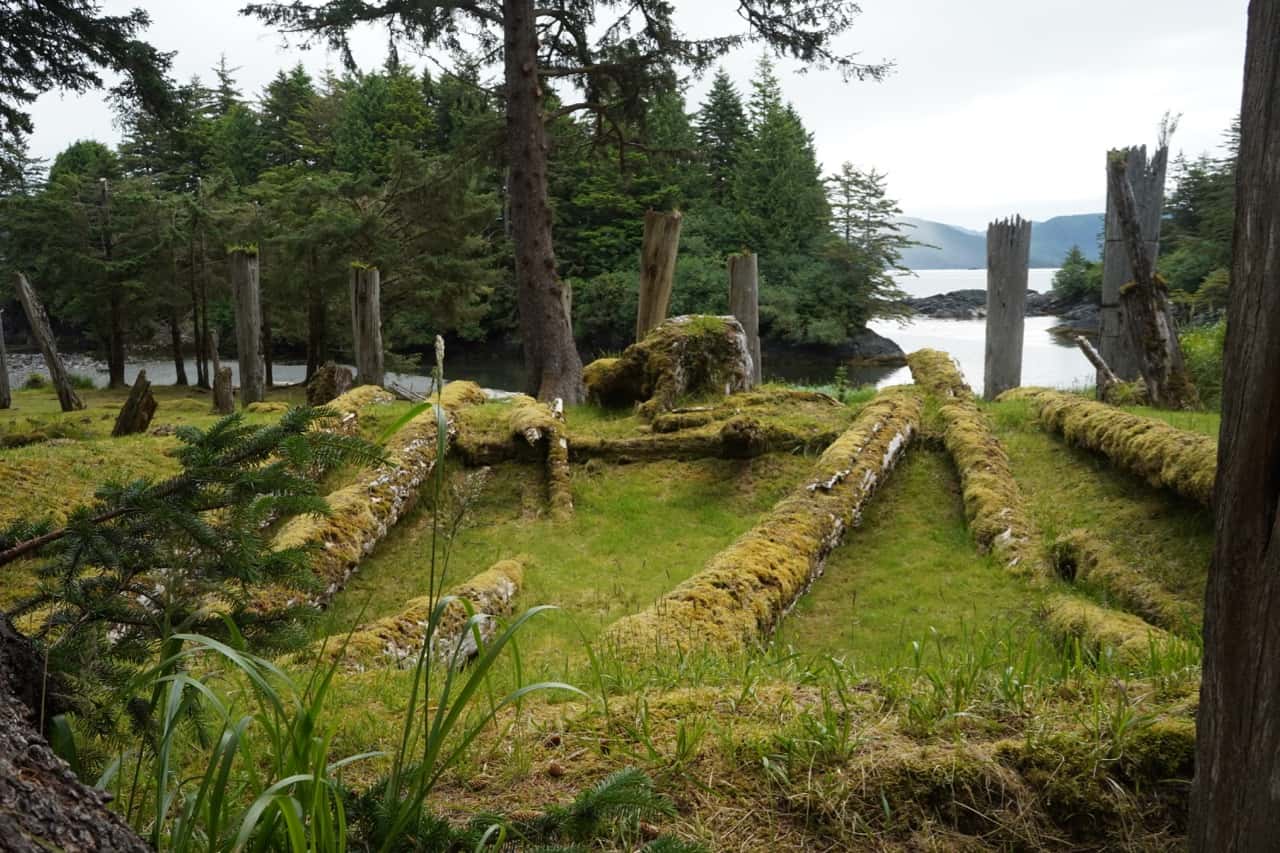
Seventeen homes once stood here tucked back from the shoreline, with the remaining depressions now hardly visible under a shroud of moss and grass. David explains the dedication that must be considered to look after this land. With such history you must take care, however, a restoration or resurrection of these poles would go against the Haida belief of letting them fall back to the earth from whence they came.
As Sean Young told us at the museum on Day 1: “Once from the earth, back to the earth.”
Certain measures are taken, however, to ensure they remain unharmed and clear of debris as much as possible. Some trees were removed from the beachside due to shore erosion and the threat of falling on the poles. David himself maintains the grounds with care, even cutting the grass over the house deposits with a tiny pair of scissors.
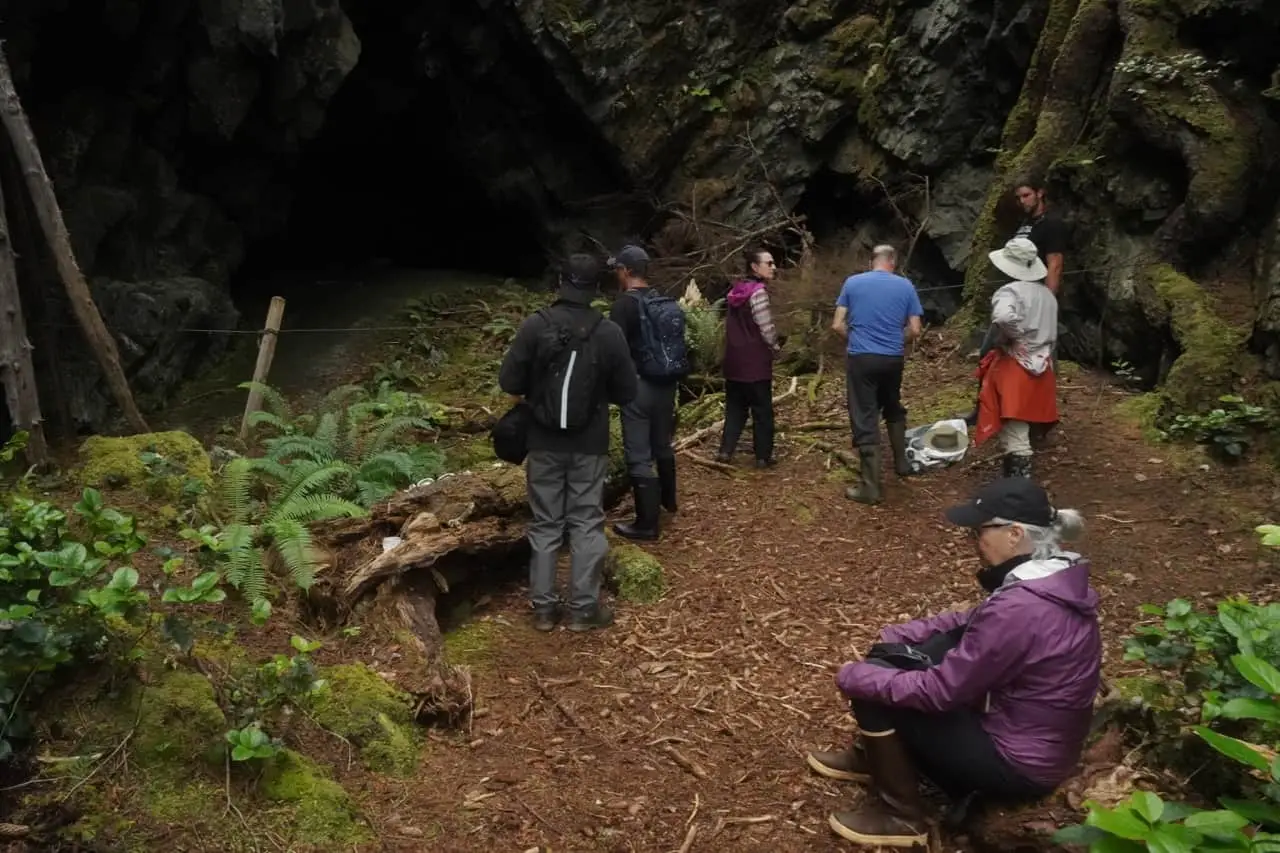
Back on the other side of the Island, we’re guided to a different type of gravesite – a burial cave that was used for a middle class – where bentwood boxes would have been left to rest. Graham explains to us that the Haida didn’t really have a lower class. They were a community that provided for their own collectively. There was no such thing as homelessness. Even if you were from a different village (sometimes taken from other villages as “slaves”) you would have been taken in and cared for, in some cases better than high-status members, as a symbol for outsiders that even the poorest citizens were well fed. The matriarchs and chiefs were naturally ranked higher, but otherwise, the villagers were mostly considered equals, each with their own role to contribute to their society. I think our western society could learn much from this way of life.
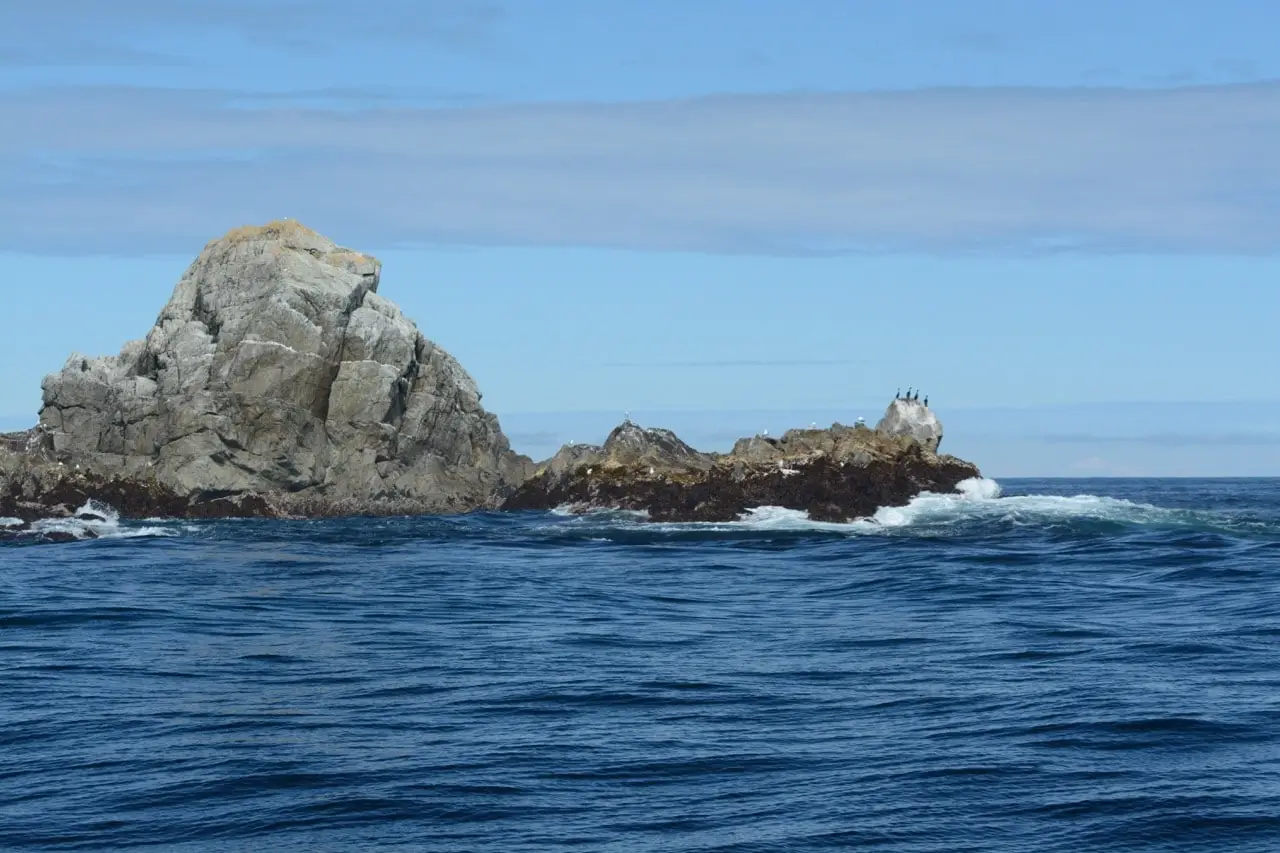
Back aboard the Passing Cloud, we sail down the west side of Kunghit Island, alongside the black volcanic cliffs, with trees and rough vegetation only growing at the very top, a sure sign of an inhospitable climate due to extreme wind and weather exposure that ravage this coastline in stormier seasons. We see cormorants roosting on the cliffs silhouetted against the sky. We make our way to the edge – the very edge – of the continental shelf, dropping down to 1,200 feet below us. To no surprise, this is where we see more whales! These are excellent feeding grounds as deep cold-water upwelling brings nutrients to the surface.
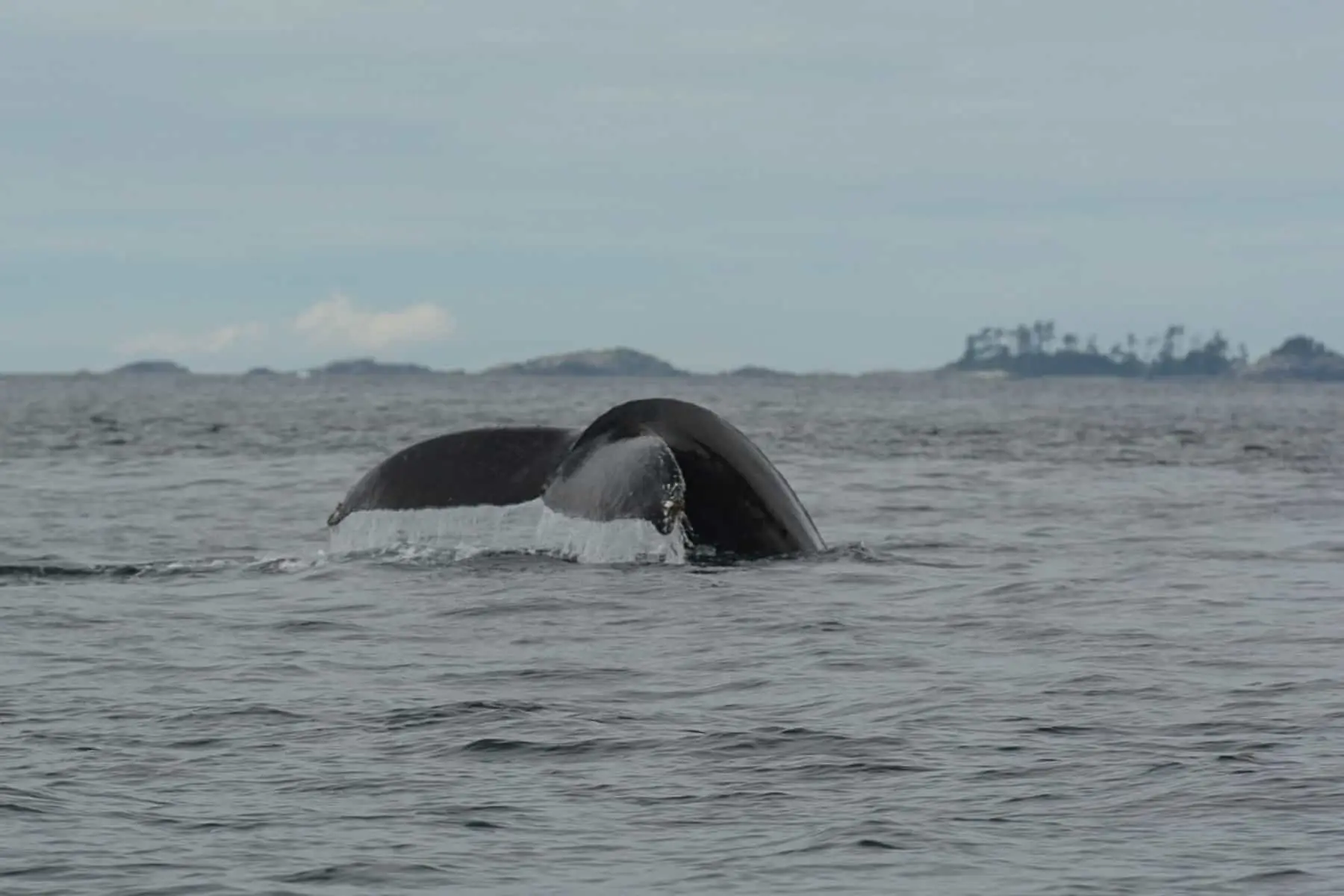
We’re now in oceanic, deep blue water. A fin surfaces a couple of hundred meters off our bow. Is it another whale? The fin barely breaks the surface but we see it moving quickly towards us leaving a wake behind it. As it approaches, Russ identifies that it’s a salmon shark, which are fairly common in these pelagic waters, but rarely seen by many. With glassy lake-like water, we couldn’t have asked for better conditions to round “The Cape”. Cape St. James, the southern-most point in Haida Gwaii is considered one of the windiest places in Canada and can experience some of the roughest waters and biggest waves in the world – certainly in a different season and far different conditions than today. One particular storm in 1968 brought waves washing over the lighthouse – which is situated ~ 100 meters above sea level – with the keeper inside.
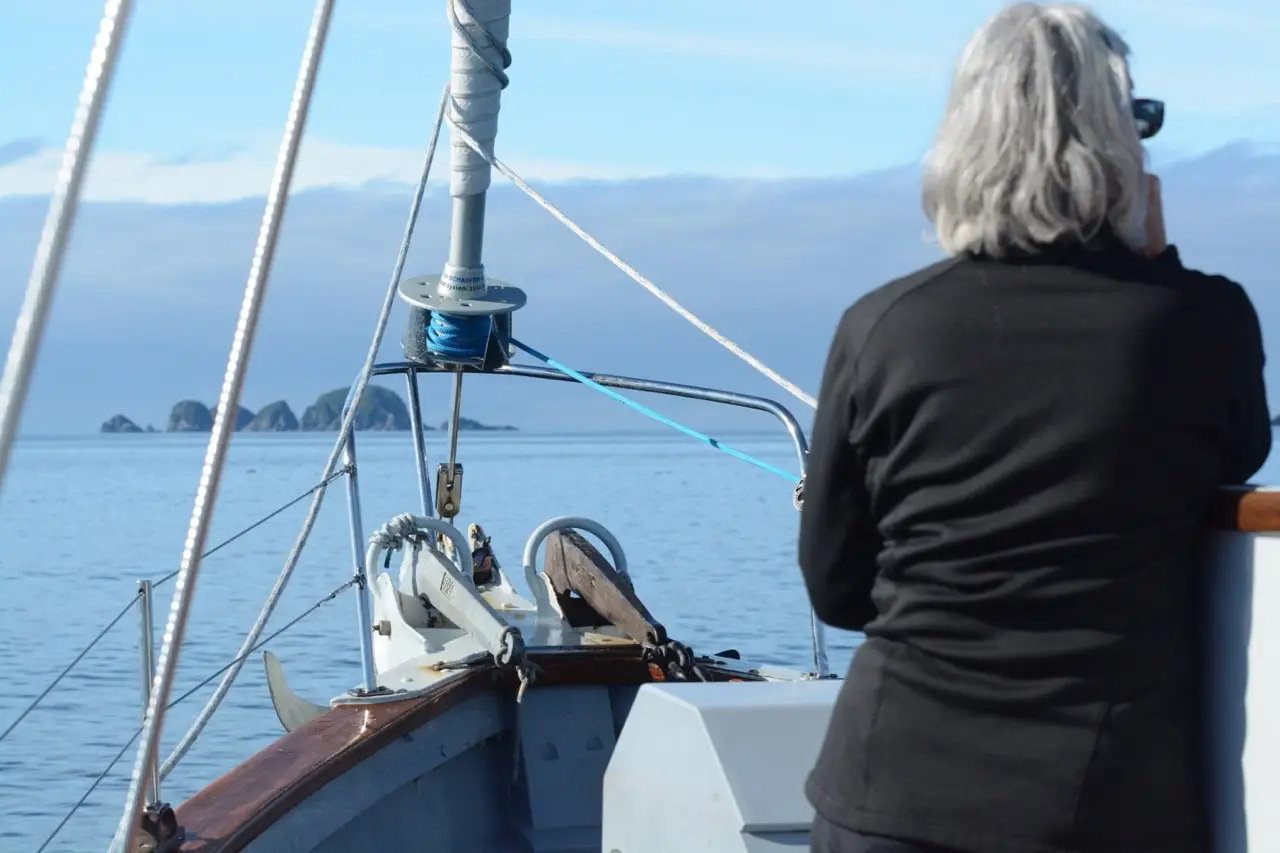
Once at anchor, Graham, our intrepid snorkeler, drops beneath the sea to bring some nearshore creatures to examine. He brings us an abalone, an endangered species here, along with a nudibranch, or sea slug, a colourful bat star, and a leafy hornmouth. A curious seal sits back watching us examine its habitat and probable feeding grounds.
After exploring the long stretch of perfectly-white, sandy, secluded beach in hopes to find a glass ball fishing float, we’re back aboard the Passing Cloud for the evening. Here we anchor for the night, a rarity for most vessels due to the close proximity to the Cape and exposure to most winds, which are of no concern for us tonight in the perfectly calm waters of the west.
